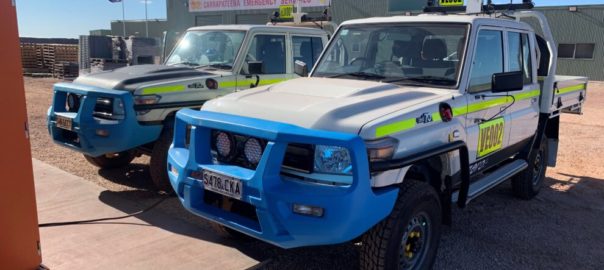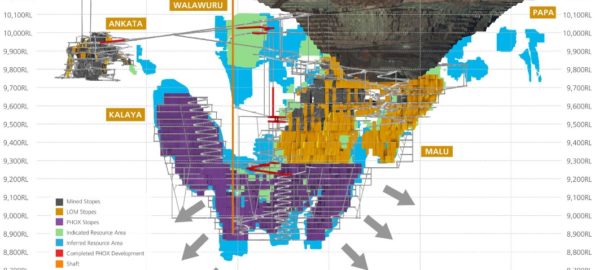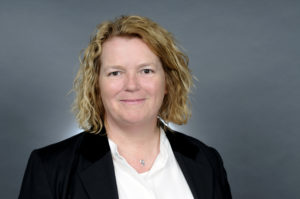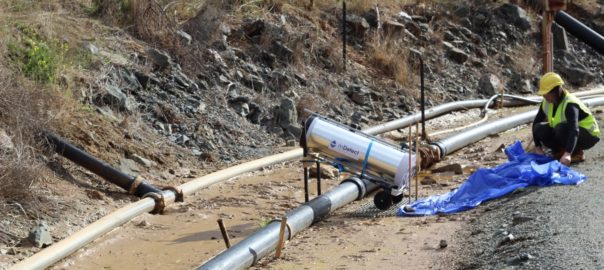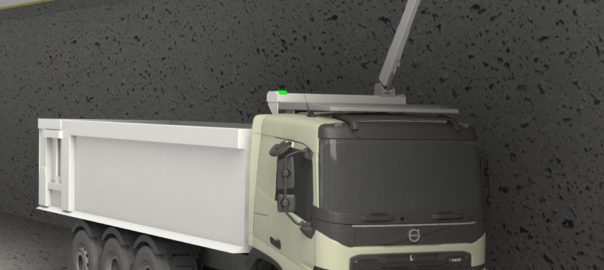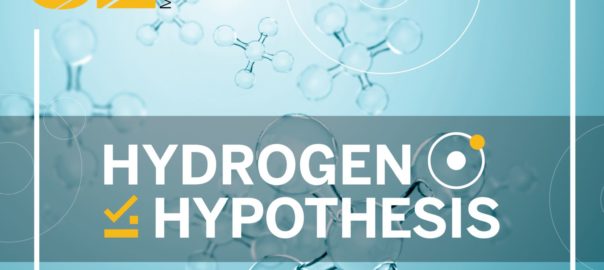Five teams have been selected to join the Think & Act Differently (TAD) ideas incubator, powered by OZ Minerals and Unearthed, tasked with developing and testing an open architecture simulation platform to develop electric mine designs, with the goal to achieve zero scope one emissions.
Last September, the Electric Mine Consortium launched the Electric Mine Simulation crowd challenge in partnership with the (TAD) ideas incubator, noting that electrification of mine sites remained a critical step change needed for the mining industry to achieve a zero-carbon future.
“Switching to electrified solutions and renewable energy represents a transformational shift that will change the way mines are designed,” OZ Minerals said. “This challenge is about using simulation to understand the impacts of electrification on mine design, infrastructure and energy management.”
The crowd challenge closed in November last year and attracted 179 participants from 36 countries, resulting in 23 submissions. Five teams have now been selected to join the TAD incubator where they will be supported to develop and test their simulations.
Finalist teams include:
- Polymathian – Colin Eustace, Michael Dallimore, Steven Donaldson and Mitchel Grice are experts in solving complex planning and scheduling problems for the industry, OZ Minerals said. Their solution is to provide a widely used scalable simulation model platform to model large and complex operations, from mining and processing to full supply chain operations;
- SimGenics – Abrie Venter and Kobus Viljoen are using a software platform that can integrate continuous and discrete-event simulation tools from multiple vendors into one solution;
- Simulation Engineering Technologies – Jaco Botha, Henk Jenkinson, Fredrik Sundqvist and Marco Agas are the team behind a mine simulator (SimMine®) that allows for the construction of a complete mine simulation, including development, production and ore handling systems;
- MathWorks – Wilco Volwerk, Peter Brady, Ruth-Anne Marchant and Sam Oliver are using a mathematical computing software that can be used to model dynamic, discrete and continuous processes with multiple time scales to create a mine simulation framework; and
- First Mode – Aidan Morgan, Jan Haak and Clara Sekowski represent a creative engineering company, using modelling and simulation to inform design decisions and optimise the use of technology.
The teams will work together to explore and develop concepts for the development of an open architecture simulation platform to develop electric mine designs, with the goal to achieve zero scope one emissions. A use case for testing the value of simulation will be provided by OZ Minerals’ copper-gold mine, Prominent Hill, with further use cases developed in collaboration with the Electric Mine Consortium member companies.
The TAD Incubator program is a supportive environment that includes funding, technical mentoring, opportunities for collaboration, capability uplift and access to mining data and mining operations, OZ Minerals said. The teams will be supported by mining business improvement specialists from Imvelo, Sharna Glover and Alan Bye and Simulation SME Luigi Barone, an internationally recognised expert in artificial intelligence.
Brett Triffett, OZ Minerals’ Transformation Technologist, said: “This challenge will help us learn about the power of simulation together with some really talented and collaborative people, as we accelerate progress towards a fully electrified zero carbon zero particulate mine. The benefit of crowdsourcing, particularly in an area where ideas may come from outside our traditional mining networks, is that we can scour the globe to find start-ups, academics and individuals that we would not have otherwise had encountered.”
Multiple mining companies from the EMC will be able to collaborate on the outcomes of this experiment and we’re excited to see what we can learn about the process as well as the technology. The teams will work together over a three-month period to develop simulation concepts.
OZ Minerals, IGO South 32, Blackstone Minerals, Evolution Mining, Barminco and Gold Fields have committed to significantly reducing their carbon footprint. These seven mining companies, along with a number of partner companies, have come together to form the Electric Mine Consortium, a collaborative group seeking to accelerate progress towards a fully electrified zero carbon and zero particulate mine.
The TAD incubator is powered by OZ Minerals and is focused on themes that prioritise social and environmental responsibility for the future of mining.








